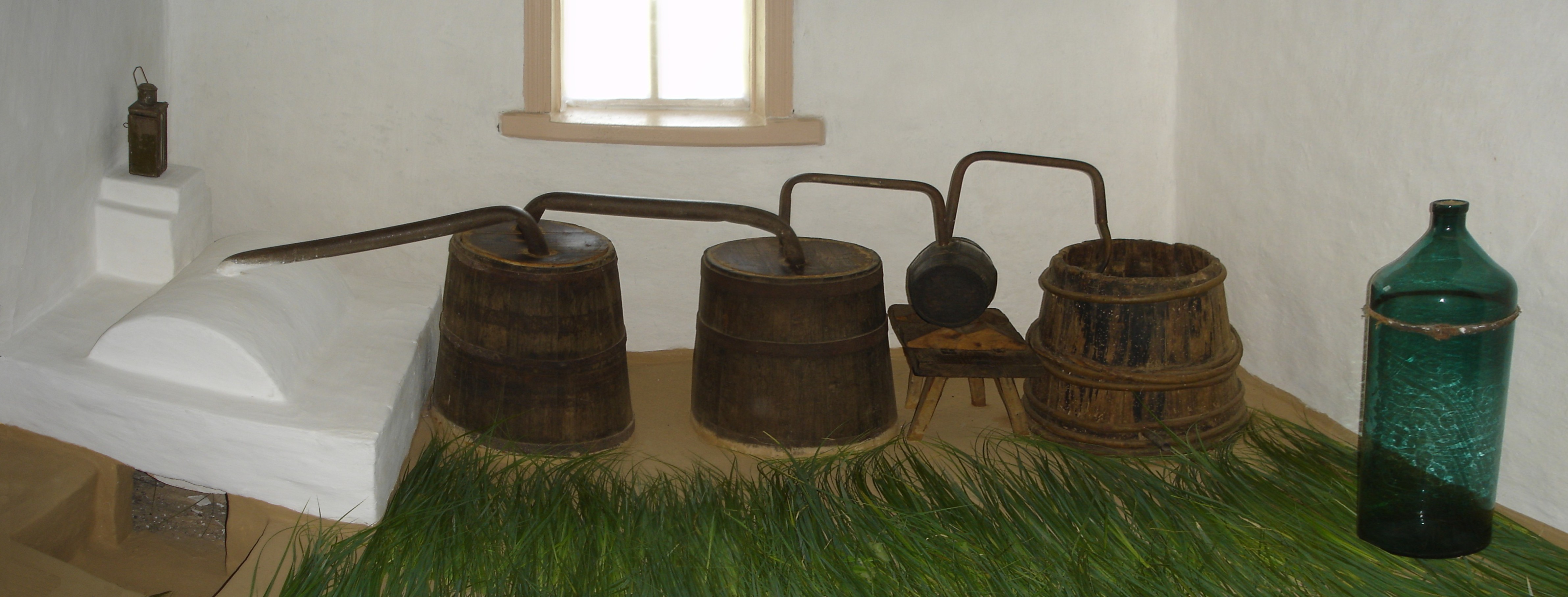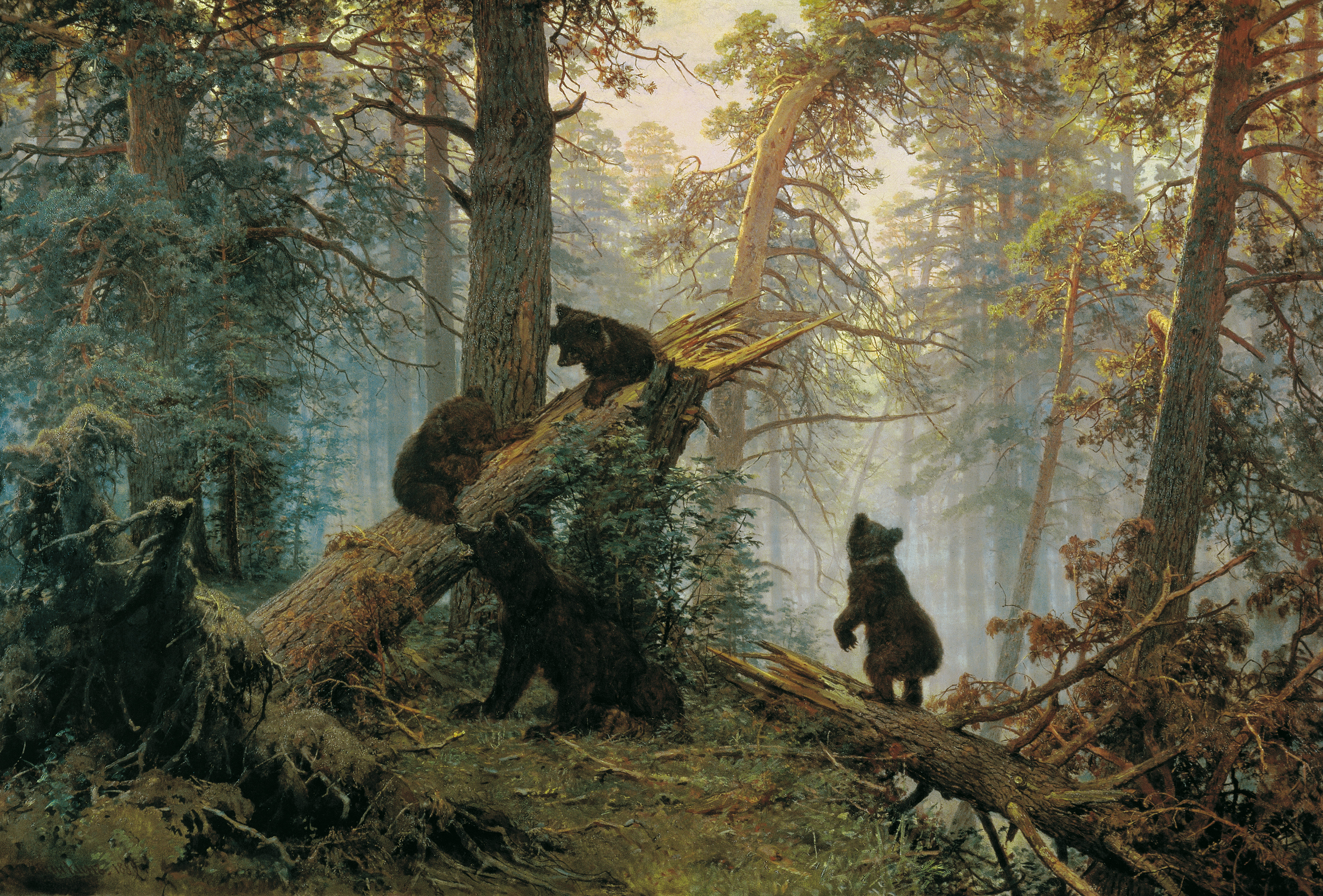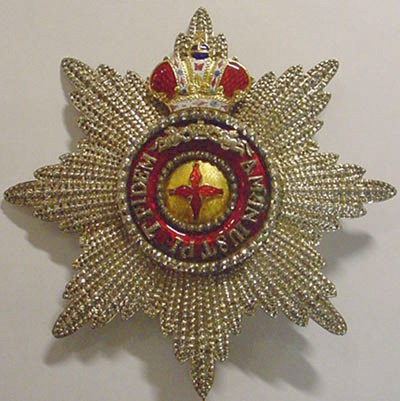|
Mykola Pymonenko
Mykola Kornylovych Pymonenko ( ua, Микола Корнилович Пимоненко) 9 March 1862, , near Kyiv, Russian Empire; Kyiv.html" ;"title="ow Kyiv">ow Kyiv, Ukraine6 March 1912, Kyiv, Russian Empire) was a Ukrainian realist painter who lived and worked in Kyiv. One of his students was Kazimir Malevich, whose early works were influenced by Pymonenko. He is best known for his urban and rural genre art, genre scenes of farmers, country folk and working-class people. Biography Mykola Kornylovych Pymonenko was born 9 March 1862 in the village of on the outskirts of Kyiv. His father was a master iconographer, of Ukrainian descent. After working as his father's assistant, Pymonenko went on to study icon painting at the Kyiv Pechersk Lavra. In 1876, Pymonenko's work was seen by Mykola Murashko, one of the founders of the Kyiv Art School, who was impressed by the young artist, and lobbied the school's financial backers to allow him to study there for free. Two years ... [...More Info...] [...Related Items...] OR: [Wikipedia] [Google] [Baidu] |
National Art Museum Of Ukraine
The National Art Museum of Ukraine ( uk, Національний Художній Музей України) is a museum dedicated to Ukrainian art in Kyiv, Ukraine. History The National Art Museum of Ukraine, which was the first museum in Kyiv to be freely open to the public, was founded at the end of the 19th century by the efforts of Ukrainian intellectuals. Museum building was constructed under the project of Moscow architect Petro Boitsov in neo-classic style. This project was updated and implemented by Polish architect Władysław Horodecki. Sculpture decoration of the frontispiece is performed by Elio Salia. The first exhibition on the occasion of the ХІ All-Russian Archaeology Conference took place in incompleted building of Kyiv City Museum of Antiquity and Art in August 1899. Official opening and consecration of the institution called Sovereign Emperor Nikolay Aleksandrovich (Nicholas II) Kyiv Art-Industrial and Scientific Museum was held on December 30, 19 ... [...More Info...] [...Related Items...] OR: [Wikipedia] [Google] [Baidu] |
Vladimir Orlovsky
Vladimir Orlovsky (russian: Владимир Донатович Орловский; 1842, Kiev, Russian Empire – 1914, Genoa, Italy) was a Ukrainian realist painter and academic of Saint Petersburg Academy of Arts. Orlovsky painted for Moscow and St. Petersburg aristocracies, and his art was even bought by the Emperor of Russia himself, Alexander III. Orlovsky is considered one of the founders of Ukrainian Realist landscape painting. Life, art, and death Orlovsky was born in Kiev in 1842 to a landowning noble family of Ukrainian descent.Orlovsky, Volodymyr Encyclopedia of Ukraine, vol. 4. (1993) In the talent of the young artist believe his art teacher of the second Kiev gymnasium, Ivan Soshenko who earlier helped |
Horilka
Horilka ( uk, горілка, be, гарэлка, ro, horincă) is a Ukrainian alcoholic beverage. The word ''horilka'' may also be used in a generic sense in the Ukrainian language to mean vodka or other strong spirits and etymologically is similar to the Ukrainian word for burning - ''hority''. Home-distilled horilka, moonshine, is called ''samohon'' ( uk, самогон, literally 'self-distillate' or 'self-run' - almost identical to the Russian and pl, samogon). Horilka is usually distilled from grain (usually wheat or rye), though it can, exceptionally, also be distilled from potatoes, honey, sugar beets etc. One type of horilka, called ''pertsivka'' ( uk, перцівка), is horilka with chili peppers. Historically, outside Ukraine, pertsivka is generally referred to when people speak of horilka, although pertsivka itself is just one type of horilka. It is believed that horilka was not as strong as today with about 20 percent alcohol by volume (40 proof). However, to ... [...More Info...] [...Related Items...] OR: [Wikipedia] [Google] [Baidu] |
Shustov Vodka
Shustov (Шустов) is a brand of Russian vodka. History , a 40-year-old merchant, started the company in 1863 with a small liquor distillery, based in the former farriery A farrier is a specialist in equine hoof care, including the trimming and balancing of horses' hooves and the placing of shoes on their hooves, if necessary. A farrier combines some blacksmith's skills (fabricating, adapting, and adjus ... building on in Moscow. Sources OST-Alco@ РОСПРОДМАШСЕРВИС External links Shustov Cognac History@ Pinterest Shustov Vodka, TV ad@ YouTube Review@ Wine Enthusiast Russian vodkas Russian brands Products introduced in 1998 {{Distilled-beverage-stub ... [...More Info...] [...Related Items...] OR: [Wikipedia] [Google] [Baidu] |
Lukyanivka (neighborhood)
Lukyanivka ( uk, Лук'янівка) is a historical neighborhood in the northwestern part of the city of Kyiv, the capital of Ukraine. It is situated on the right bank of Dnieper, at a short distance from Babi Yar (part of Kurenivka). The Kyiv Metro station located in the neighborhood is Lukianivska, on the Syretsko-Pecherska Line. The area is also known for the Lukyanivska Prison. The neighborhood was named after a Podil guildmaster and "began to grow after the great flood of 1845 forced many inhabitants to higher ground"; its population in 1874 was 9,806. In the spring of 1911, the body of Andrei Yushchinsky was found in a cave in Lukyanivka, leading to the Mendel Beilis case. The Kyiv TV Tower was built on top of the Jewish cemetery in Lukianovka. The cemetery was officially closed in 1966 and Jewish families were given six months to rebury their relatives in the Jewish areas of a new cemetery in the city. Since the relatives of the interred had been killed in the Babi Y ... [...More Info...] [...Related Items...] OR: [Wikipedia] [Google] [Baidu] |
Louvre
The Louvre ( ), or the Louvre Museum ( ), is the world's most-visited museum, and an historic landmark in Paris, France. It is the home of some of the best-known works of art, including the ''Mona Lisa'' and the ''Venus de Milo''. A central landmark of the city, it is located on the Right Bank of the Seine in the city's 1st arrondissement (district or ward). At any given point in time, approximately 38,000 objects from prehistory to the 21st century are being exhibited over an area of 72,735 square meters (782,910 square feet). Attendance in 2021 was 2.8 million due to the COVID-19 pandemic, up five percent from 2020, but far below pre-COVID attendance. Nonetheless, the Louvre still topped the list of most-visited art museums in the world in 2021."The Art Newspaper", 30 March 2021. The museum is housed in the Louvre Palace, originally built in the late 12th to 13th century under Philip II. Remnants of the Medieval Louvre fortress are visible in the baseme ... [...More Info...] [...Related Items...] OR: [Wikipedia] [Google] [Baidu] |
Gopak
Hopak ( uk, гопа́к, ) is a Ukrainian folk dance originating as a male dance among the Zaporozhian Cossacks, but later danced by couples, male soloists, and mixed groups of dancers. It is performed most often as a solitary concert dance by amateur and professional Ukrainian dance ensembles, as well as other performers of folk dances. It has also been incorporated into larger artistic opuses such as operas, ballets and theatre. The hopak is often popularly referred to as the " National Dance of Ukraine" and has become very popular in Poland. There are similar folkloric dance tunes known as ''Sirmpa'' in Leros, Greece. Etymology The name ''hopak'' is derived from the verb ''hopaty'' ( uk, гопати) which means "to hop," as well as the corresponding exclamation ''hop!'' ( uk, гоп) which can be uttered during a jump as an expression of surprise or amazement. It is also referred to as gopak from the Ukrainian form. History Medieval history The Hopak developed ... [...More Info...] [...Related Items...] OR: [Wikipedia] [Google] [Baidu] |
Salon (Paris)
The Salon (french: Salon), or rarely Paris Salon (French: ''Salon de Paris'' ), beginning in 1667 was the official art exhibition of the Académie des Beaux-Arts in Paris. Between 1748 and 1890 it was arguably the greatest annual or biennial art event in the Western world. At the 1761 Salon, thirty-three painters, nine sculptors, and eleven engravers contributed. Levey, Michael. (1993) ''Painting and sculpture in France 1700–1789''. New Haven: Yale University Press, p. 3. From 1881 onward, it has been managed by the Société des Artistes Français. Origins In 1667, the royally sanctioned French institution of art patronage, the Académie royale de peinture et de sculpture (a division of the Académie des beaux-arts), held its first semi-public art exhibit at the Salon Carré. The Salon's original focus was the display of the work of recent graduates of the École des Beaux-Arts, which was created by Cardinal Mazarin, chief minister of France, in 1648. Exhibition at the ... [...More Info...] [...Related Items...] OR: [Wikipedia] [Google] [Baidu] |
Peredvizhniki
Peredvizhniki ( rus, Передви́жники, , pʲɪrʲɪˈdvʲiʐnʲɪkʲɪ), often called The Wanderers or The Itinerants in English, were a group of Russian realist artists who formed an artists' cooperative in protest of academic restrictions; it evolved into the ''Society for Travelling Art Exhibitions'' in 1870. History In 1863 a group of fourteen students decided to leave the Imperial Academy of Arts in Saint Petersburg. The students found the rules of the Academy constraining; the teachers were conservative and there was a strict separation between high and low art. In an effort to bring art to the people, the students formed an independent artistic society; The Petersburg Cooperative of Artists (Artel). In 1870, this organization was largely succeeded by the Association of Travelling Art Exhibits (Peredvizhniki) to give people from the provinces a chance to follow the achievements of Russian Art, and to teach people to appreciate art. The society maintained ind ... [...More Info...] [...Related Items...] OR: [Wikipedia] [Google] [Baidu] |
Order Of Saint Anne
The Imperial Order of Saint Anna (russian: Орден Святой Анны; also "Order of Saint Anne" or "Order of Saint Ann") was a Holstein ducal and then Russian imperial order of chivalry. It was established by Karl Friedrich, Duke of Holstein-Gottorp, on 14 February 1735, in honour of his wife Anna Petrovna, daughter of Peter the Great of Russia. Originally, the Order of Saint Anna was a dynastic order of knighthood; but between 1797 and 1917 it had dual status as a dynastic order and as a state order. The Order of St. Anna continued to be awarded after the revolution by Grand Duke Kirill Vladimirovich, Grand Duke Vladimir Kirillovich, and Grand Duchess Maria Vladimirovna. Today, the Russian Imperial Order of St. Anna, awarded by Grand Duchess Maria Vladimirovna is recognized as an order of chivalry by the privately operated ICOC as a continuation of the pre-Revolutionary order, and has been approved for wear with military uniform by the Russian Federation, but not by some ... [...More Info...] [...Related Items...] OR: [Wikipedia] [Google] [Baidu] |
St Volodymyr's Cathedral
St Volodymyr's Cathedral ( uk, Володимирський собор, russian: Владимирский собор) is a cathedral in the centre of Kyiv. It is one of the city's major landmarks and the mother cathedral of the Ukrainian Orthodox Church – Kyiv Patriarchate, one of the churches of Orthodox tradition in Ukraine. History and description In 1852, Metropolitan Philaret of Moscow suggested a large cathedral should be built in Kyiv to commemorate the 900th anniversary of the baptism of Kievan Rus by prince Vladimir I of Kiev (St. Volodymyr). People from all over the Russian Empire started donating to this cause, so that by 1859 the cathedral fund had amassed a huge sum of 100,000 rubles. The Kyiv Pechersk Lavra (Monastery of the Caves) produced one million bricks and presented them to the cathedral as well. The design was executed in neo-Byzantine style initially by the architects I. Schtrom, P. Sparro, R. Bemhardt, K. Mayevsky, V. Nikolayev. The final version o ... [...More Info...] [...Related Items...] OR: [Wikipedia] [Google] [Baidu] |









.jpg)